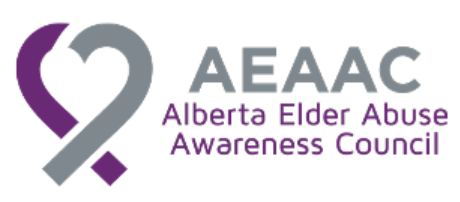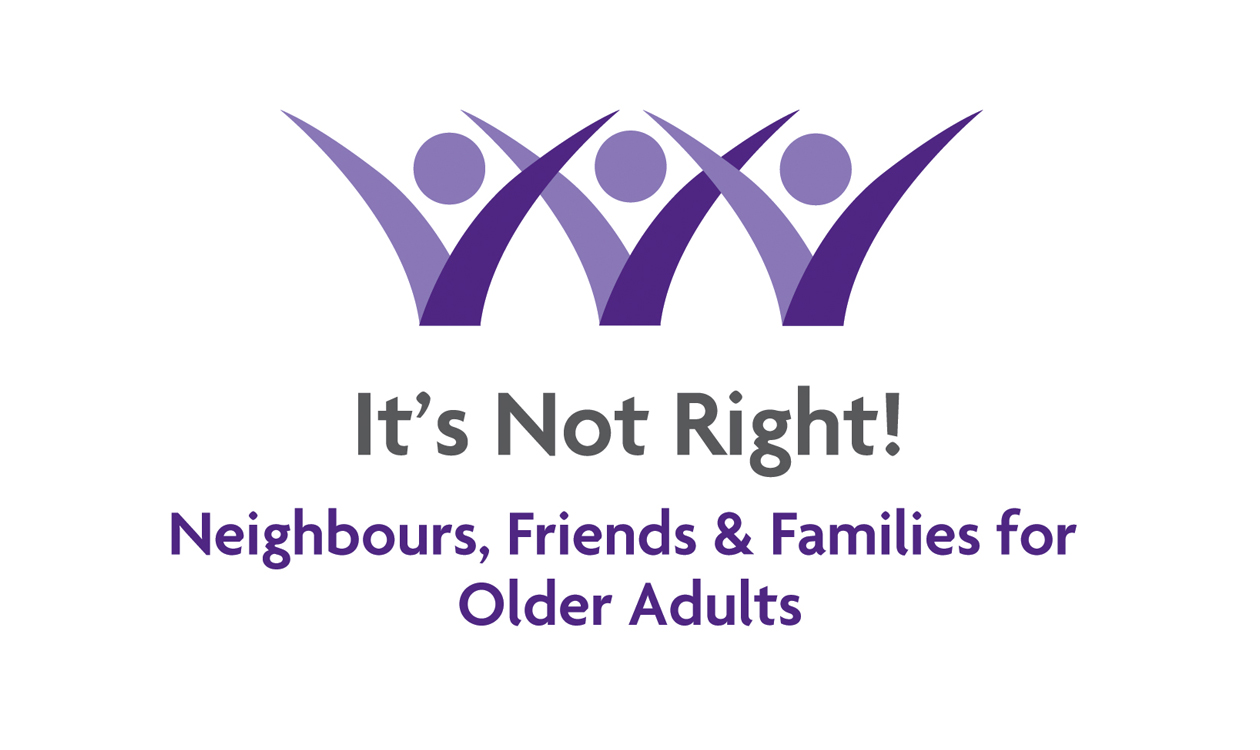- Details
- Published: 02 November 2015
By Danie Gagnon, Project Manager, NB Association of Nursing Homes

The issue of resident aggression in the context of elder abuse can be sensitive because we know that the victims cannot be blamed for the wrong that was inflicted on them, yet there is a general understanding that aggression can be a contributing factor to abuse. And while the need for more elder abuse awareness and the application of resident-centered care techniques as a prevention measure is undisputed, the question of how to protect and support health care workers begs to be addressed.
Aggressive resident behavior is often a result of an underlying medical, physical, or psychological condition. Those who suffer from Alzheimer's and other dementias often exhibit aggressive or inappropriate behavior as a means to express what they cannot verbalize. In a sector where over 80% of its residents suffer from some form of dementia, it's paramount to consider the safety of the residential care facilities' staff as a means to manage and curb aggressive behavior. It is a sad reality that most front line workers in the residential care sector will face some form of violence in the term of their careers. In fact, over half of long term care nurses surveyed in the 2005 National Survey on the Work and Health of Nurses study reported being physically assaulted by a resident in the previous 12 months.
Although resident aggression is not a justification for abuse, some would argue that it is a contributing factor. The Canadian Center for Occupational Health and Safety notes that "when the [health care] worker is subjected to violence for a prolonged period of time, it can cause them to experience anger, fear, depression, anxiety, sleep disruption, increase sick leave, symptoms of post-traumatic stress disorder, and job dissatisfaction"; these are physical and psychological symptoms that have been known to contribute to caregiver burnout and abuse. Furthermore, the Journal of Elder Abuse and Neglect reported in 2008 that severely confused and aggressive residents were found to be denied personal choice in care, would tend to be isolated or have inappropriate restraints used, and were often dismissed or coined as "bad" without further investigation as to what may trigger the behavior.
Denise Paradis, of the New Brunswick Continuing Care Safety Association, comments that “resident aggression is only the symptom of a much deeper issue. Getting down to the root cause by formalizing the process of reporting and investigating each incident that occurs, and not just from a clinical care perspective, but a management perspective as well, can we begin to make the changes necessary to prevent future incidents and further meet the needs of both the resident and staff."
This concept of taking responsibility should also challenge social norms and stereotypes surrounding the role of health care workers. Due to gender stereotypes and the "caring" nature of the role, it seems that health care workers are to accept physical, verbal, and psychological assaults as part of their job. A Canadian study on workplace violence in the Long Term Care setting notes that "most incidents of violence go unreported. Violence remains invisible and unaddressed. Workers tell us that they don’t report violence because they don’t have the time to complete the paperwork, they don’t believe anything will be done, or they are afraid of being blamed. Most disconcerting, workers tell us they are expected to tolerate this abuse as part of the job”.
While it is clear that residents cannot be held responsible for the abuse they may suffer at the hands of their caregivers, perhaps there is room in the dialogue to provide support and compassion to those accused. Changing our perspective on the role of the health care worker in the face of workplace violence could stop perpetuating the problem while creating a healthier and more productive workforce that generates better patient outcomes. Furthermore, this discussion begs to consider shared responsibility in cases of abuse such that we consider all aspects of a problem before drawing conclusions. Although abuse cannot be condemned at the aggressor's level, regardless of the contributing factors of the case, the overall system in which the incident occurred should also be considered from both the resident and worker’s perspective such that systemic change can occur to curb or de-escalate future incidents.
The Canadian Center for Occupational Health and Safety recently took on this issue as a call to action for health care organizations to integrate workplace violence as part of their overall workplace safety programs and policies. Many organizations have since then followed suit, creating awareness campaigns and engaging programs for different levels of an organization to participate. The following links will give you more information and examples of workplace violence prevention programs in the health and long term care sectors:
- Canadian Centre for Occupational Health and Safety
- Worksafe BC
- Worksafe NB
- Public Service Health & Safety Association
References:
- Health & Safety Report, Volume 13, Issue 9, 2015, Canadian Center for Occupational Health and Safety
- “Out of Control”: Violence against Personal Support Workers in Long-Term Care, February 23, 2008, Banerjee, Daly, Armstrong, Armstrong, Lafrance, and Szebehely
- Preventing Violence in Health Care: five steps to an effective program, 2000, WorkSafe BC
- 2005 National Survey of the Work and Health of Nurses: A summary of highlights, 2005, Wilkins and Shields
- Conflict and Aggression as Stressors in the Work Environment of Nursing Assistants, October 24th 2008, Goodridge, Johnston, & Thompson, Journal of Elder Abuse and Neglect
 Danie Gagnon represents the New Brunswick Long Term Care sector as the Project Manager for an Elder Abuse prevention program for the New Brunswick Association of Nursing Homes (NBANH).
Danie Gagnon represents the New Brunswick Long Term Care sector as the Project Manager for an Elder Abuse prevention program for the New Brunswick Association of Nursing Homes (NBANH).
Built from the RNOA's PEACE curriculum, the NBANH's PEACE program focuses on the well-being of nursing home workers by addressing issues such as caregiver stress, healthy work environments, and negative perspectives on aging. Delivered in an interactive and anecdotal format, the program aims to equip care providers with the tools they need to care for themselves and in turn deliver the highest quality of care to its residents. To date, the program has been delivered to over 3000 nursing home employees, and the program has been customized and delivered to audiences such as other members of the Long Term Care community, students in the health care field, and community-dwelling seniors.
Danie is also involved in community-based projects aimed at raising awareness on the subject of Elder Abuse and sits on committees addressing provincial Elder Abuse research and legislative reform.
Contact:
NBANH on Twitter at @NBANH_AFSNB
Danie Gagnon:

















